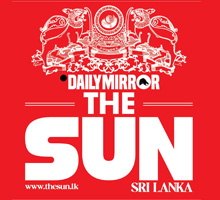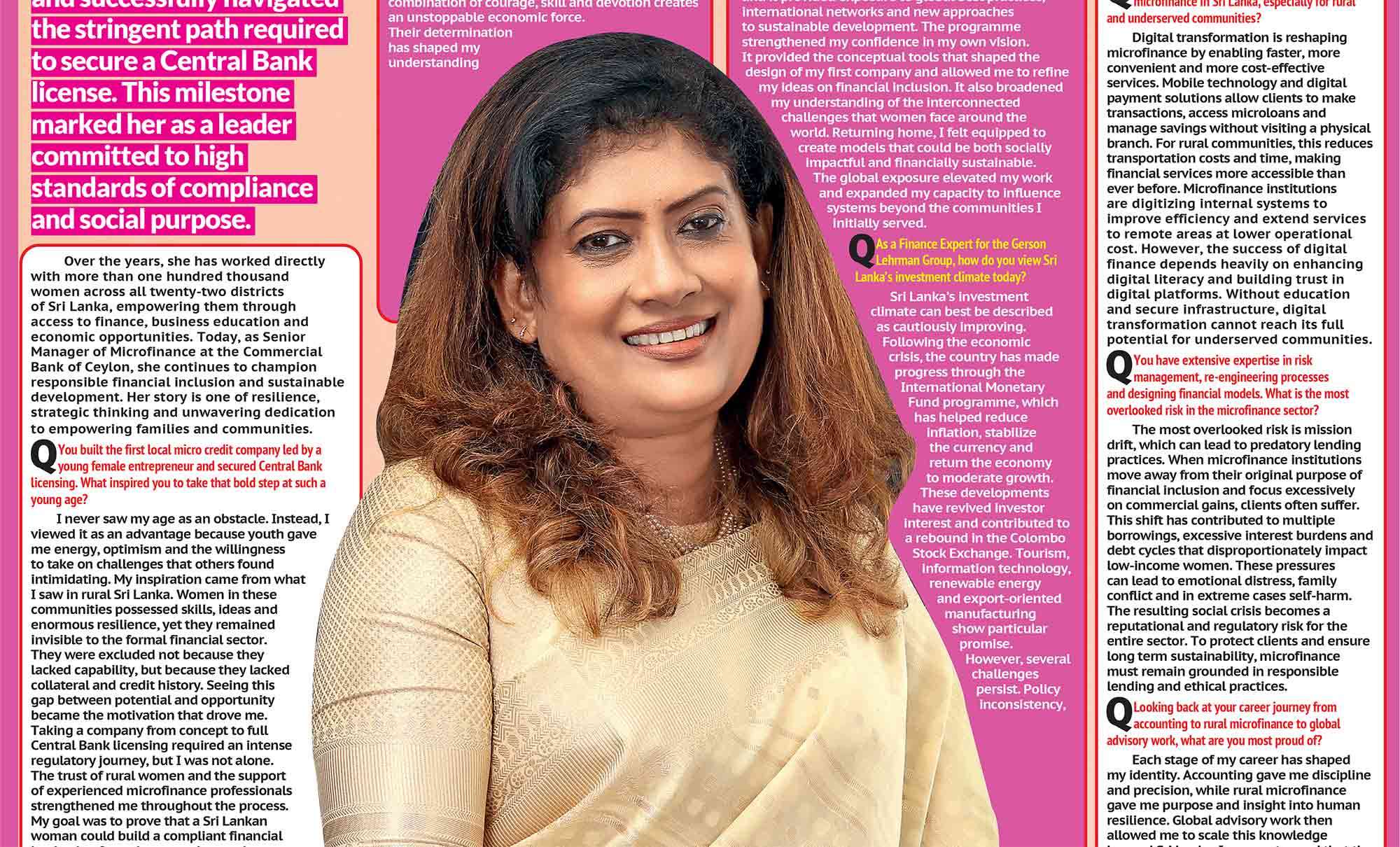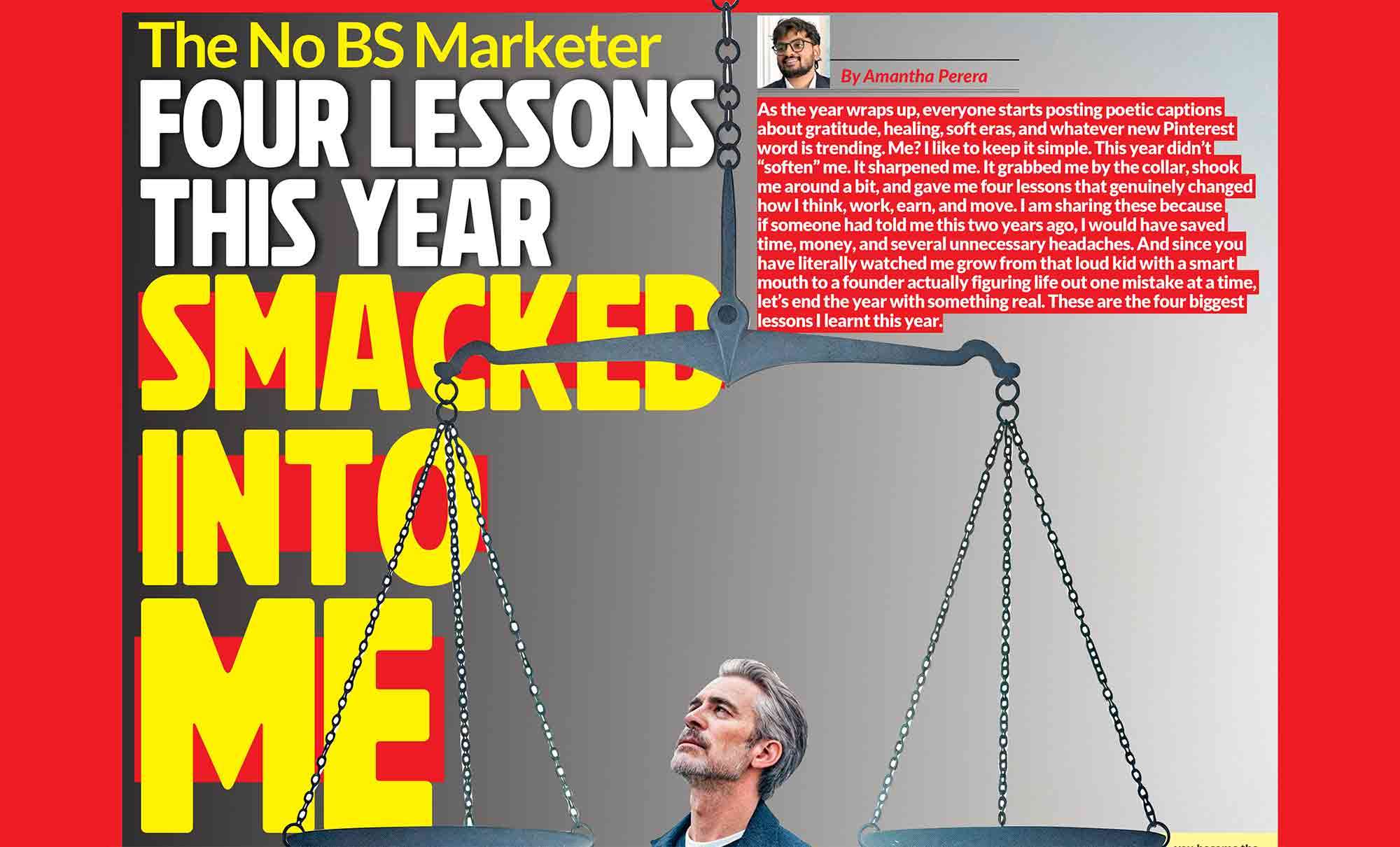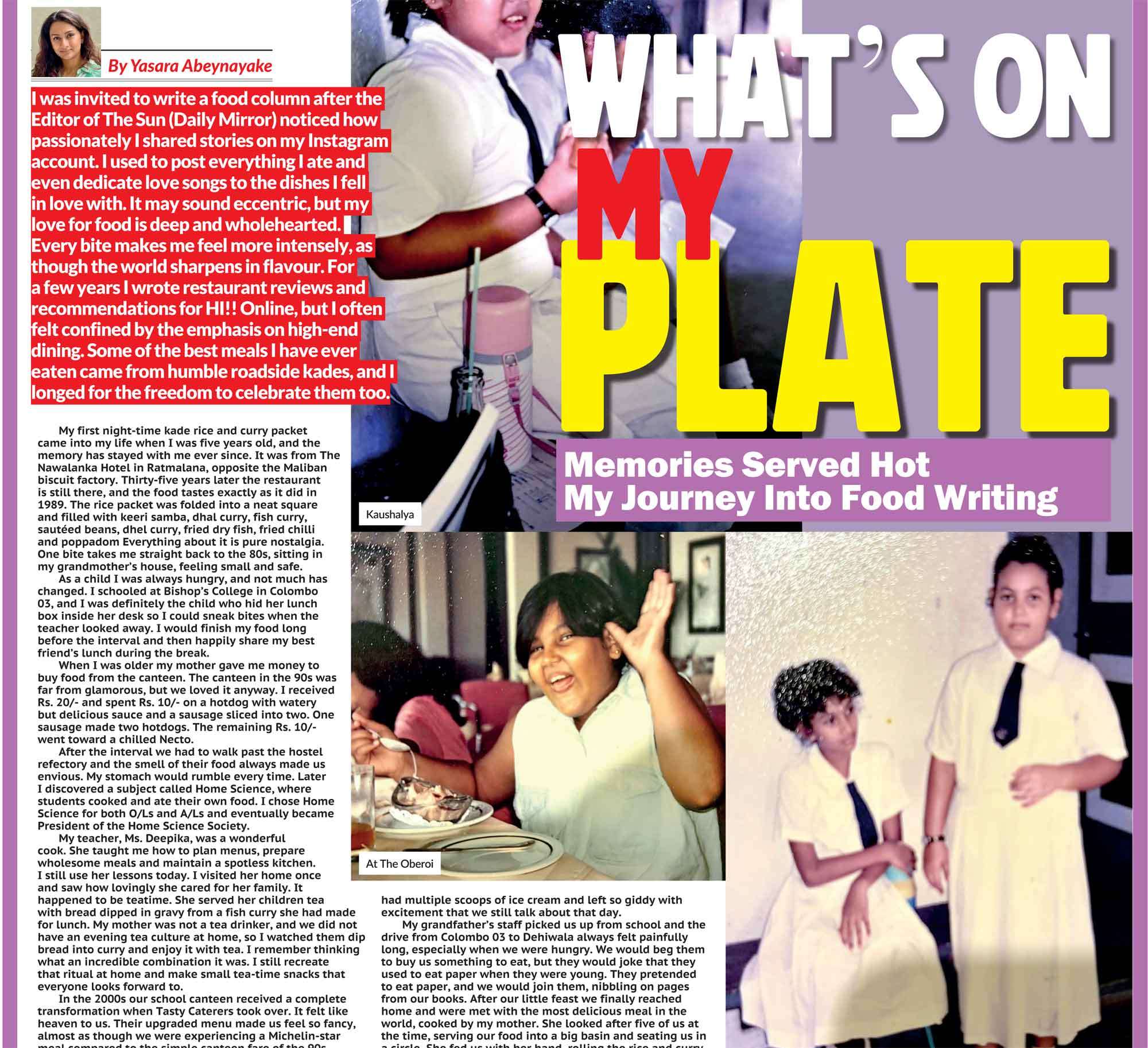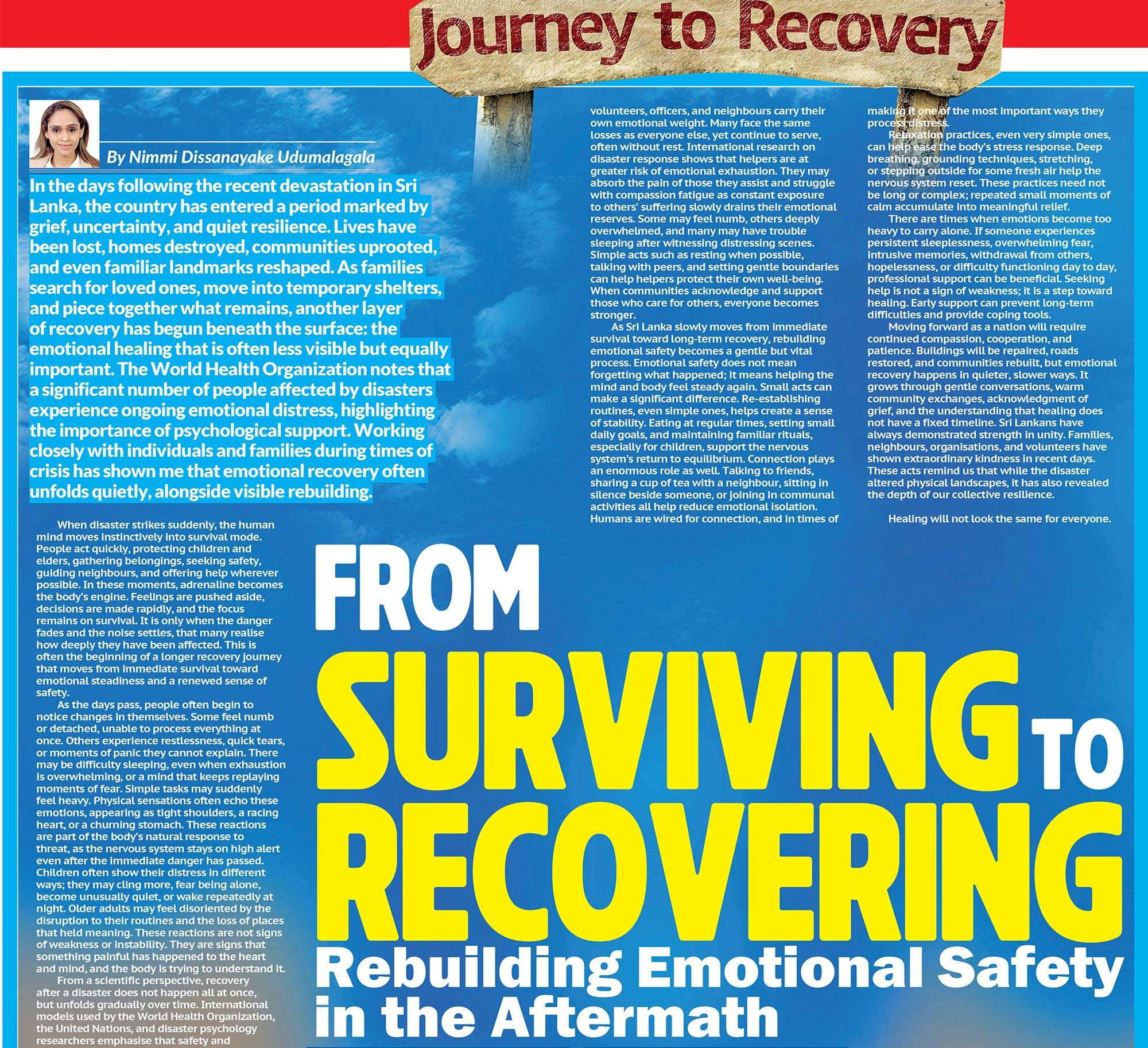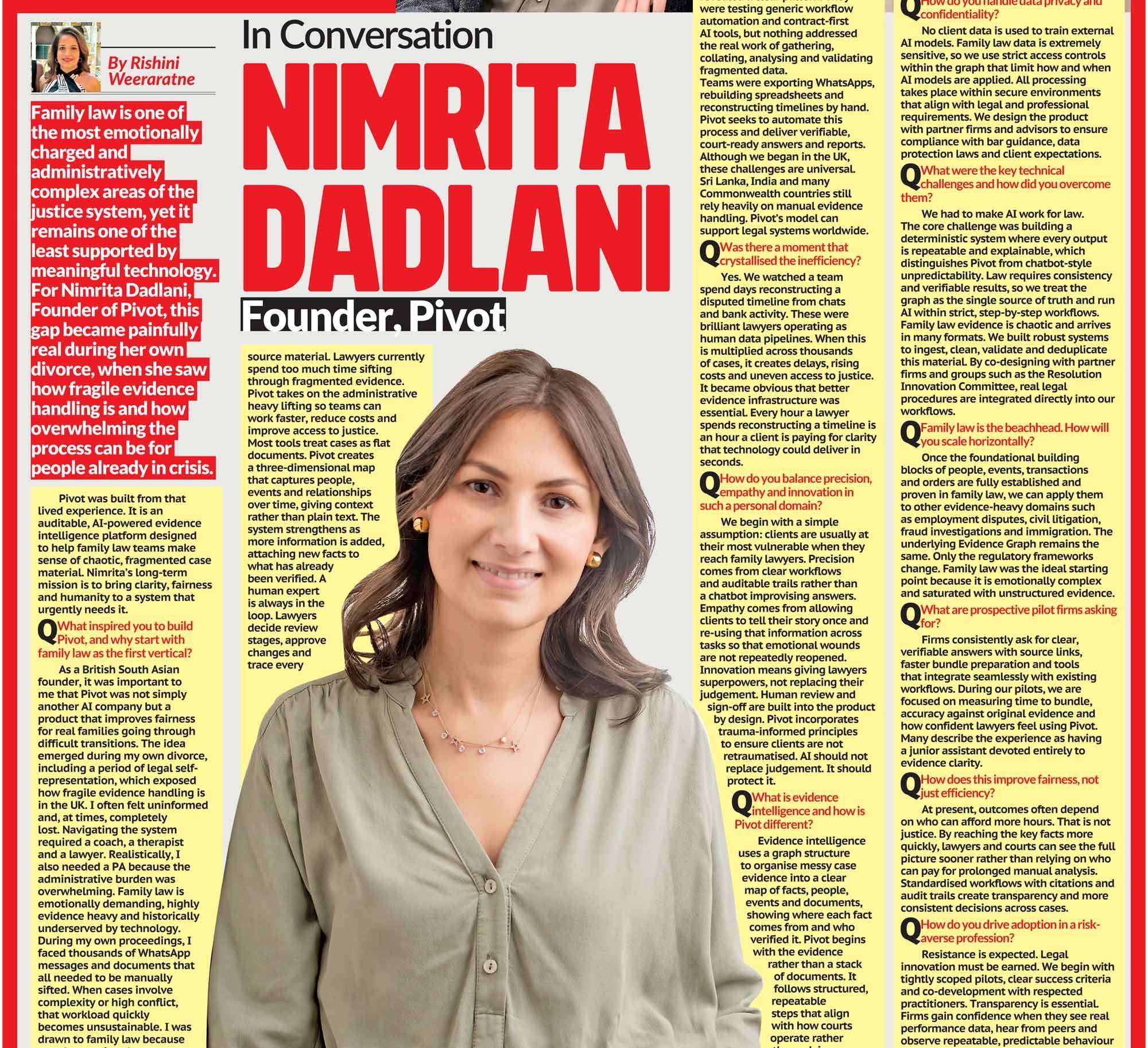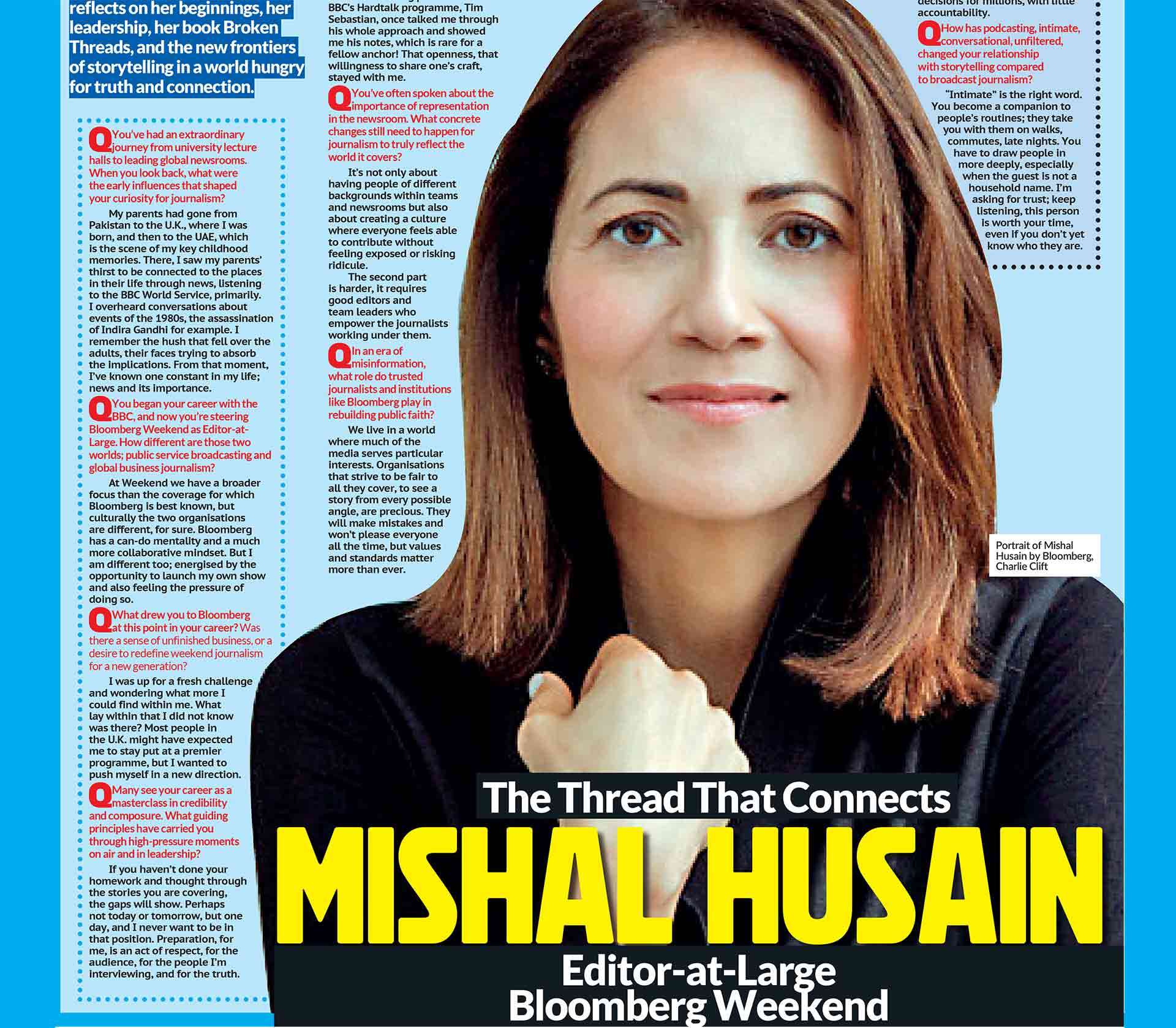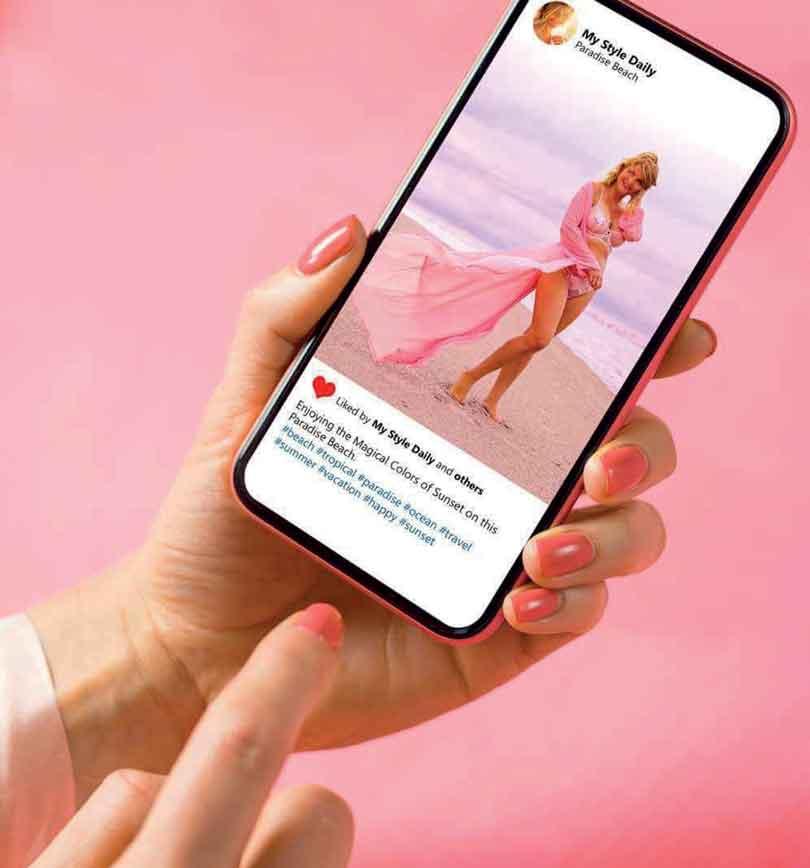
In a world where digital presence often precedes physical presence, our facesoften altered, filtered, and algorithmically enhanced—become our passport to visibility. But in this hyper-curated, beauty-obsessed era, a growing question lingers behind the Instagram grids and TikTok For You Pages: Who really gets to be seen? Welcome to the age of filtered reality—where “pretty privilege” no longer operates solely in real-life interactions, but is digitally amplified, algorithmically rewarded, and socially internalized.
What Is Pretty Privilege?
“Pretty privilege” refers to the unearned advantages that individuals deemed conventionally attractive receive in society. From more job callbacks to better treatment in public spaces, attractive people often experience social, economic, and psychological benefits simply by virtue of their appearance. But while this concept is not new, the digital age has supercharged its reach. With the rise of social media, particularly visual-first platforms like Instagram, TikTok, and Snapchat, beauty isn’t just an asset—it’s a form of currency. A symmetrical face, glowing skin, or the “right” jawline can translate to higher engagement, brand deals, and even social capital. Online, attractiveness opens doors—and filters help more people step through them, even temporarily.
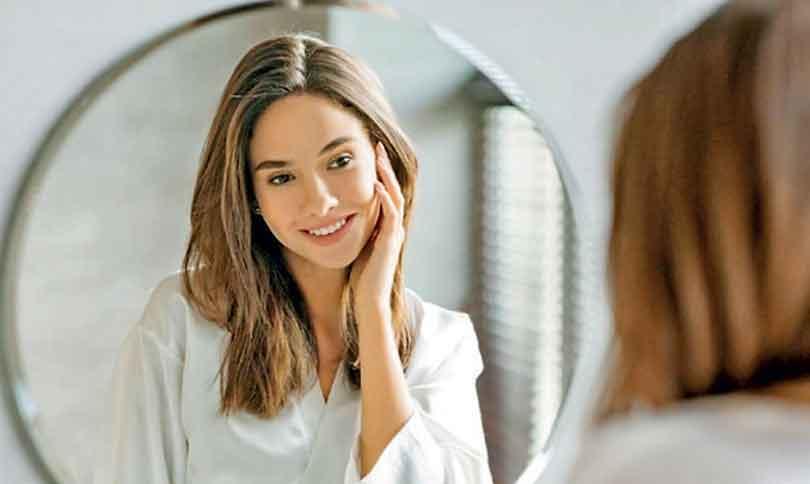
Filters and Face-Tuning: The Illusion of Access
Social media filters started out as playful. Dog ears, flower crowns, retro tints—they were cute, harmless, and fun. But over time, beauty filters evolved into sophisticated tools of facial manipulation. With a swipe or tap, users can now enlarge eyes, plump lips, slim noses, and smooth skin. These aren’t just filters—they’re virtual surgeries. Apps like FaceApp, Facetune, and even built-in TikTok and Instagram filters have created what some critics call a “hyperreal beauty standard”—one that’s impossible to attain naturally but easy to simulate digitally. This raises a paradox: filters democratize beauty, giving everyone a chance to present their best selves—but they also reinforce the same narrow standards that have long excluded those who don’t fit the mold.
Suddenly, the playing field looks level—but the game is still rigged.
The Algorithm Is Watching (and Judging)
Behind the scenes of our scrolling lies the invisible hand of algorithmic bias. TikTok, for example, has come under fire multiple times for reportedly favoring conventionally attractive faces on the For You Page. Internal documents leaked in 2020 revealed that moderators were allegedly instructed to suppress content from users with “abnormal body shape,” “ugly facial looks,” or “too many wrinkles.”
In essence, the algorithm is a beauty gatekeeper. It decides who is amplified and who remains invisible. And when beauty becomes a measurable metric tied to reach, visibility, and monetization, pretty privilege takes on a digital urgency: Being seen equals being valued.
This algorithmic preference doesn’t just reflect society’s beauty bias—it reinforces it. Those who don’t fit the aesthetic mold, particularly people with disabilities, darker skin tones, or features outside of Eurocentric standards, are often algorithmically sidelined. In turn, they may receive fewer likes, views, and followers—creating a cycle where visibility is dependent on conformity.

The Mental Cost of Curated Beauty
As digital beauty norms tighten, the psychological effects grow deeper—especially among young users. Studies show that excessive exposure to filtered images correlates with low self-esteem, body dysmorphia, and anxiety. What makes this worse is that many filters don’t look like filters at all—they’re designed to enhance subtly, making it harder for users to distinguish between edited and natural appearances. This creates a toxic feedback loop: people use filters to meet beauty standards but then internalize those filtered images as the ideal. The result? A generation of users who feel not only less beautiful without filters—but less real.
Even influencers, the very faces of digital beauty, are speaking out. Some have begun to post unfiltered content to reclaim authenticity. Others have confessed to feeling trapped by the brand of beauty they’ve created, unable to post raw or natural photos without backlash or engagement loss.
When the rewards of being seen are so deeply tied to how perfect one appears, authenticity becomes a risk, not a virtue.
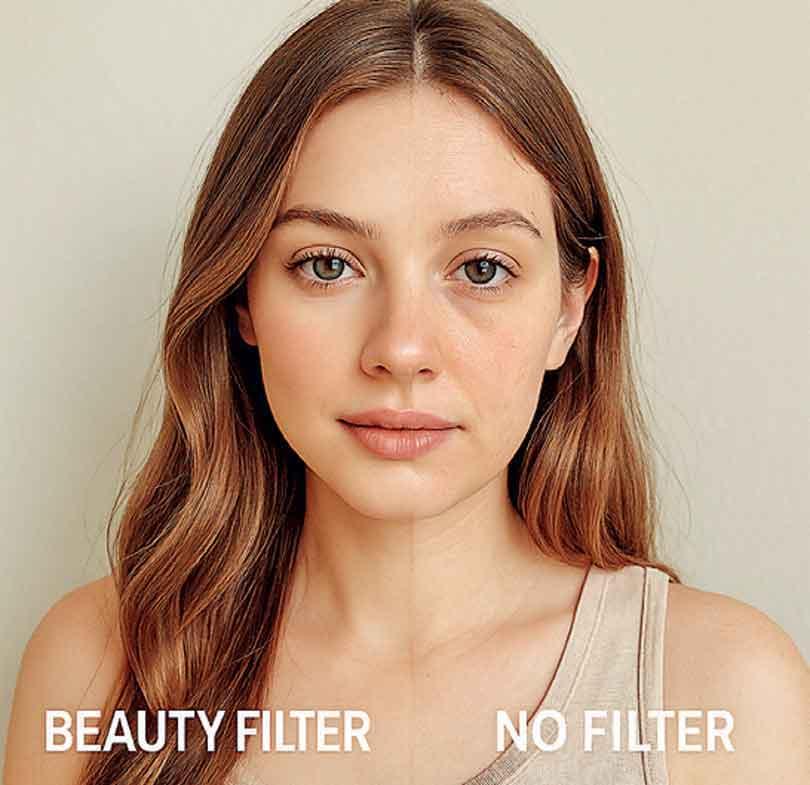
Intersectionality and Invisibility
Pretty privilege doesn’t operate in a vacuum. It intersects with race, gender, class, and ability, meaning not everyone has equal access to even the illusion of digital beauty.
For example:
- Colorism remains rampant in online beauty spaces, with lighter skin often receiving more likes and engagement.
- Trans and non-binary creators often face double scrutiny: their visibility is policed not only by beauty norms but also by gender expectations.
- Disabled creators are frequently marginalized or tokenized, rarely given the same platform unless their content is inspiring or palatable.
In many ways, the digital world has replicated the hierarchies of the real one, only now under the glossy mask of filters and “aesthetic” content. Who gets to be pretty is still dictated by societal standards—only now, it’s filtered, face-tuned, and fed into a global algorithm.
Can We Unfilter Pretty Privilege?
Reckoning with pretty privilege in the digital age means rethinking the way we define beauty, visibility, and value online. While the problem is systemic, individual and collective actions can help shift the narrative.
Some movements and trends pushing back include:
- #NoFilter and #NormalizeNormal: Campaigns encouraging users to post unedited content and embrace real skin, texture, and diversity.
- “BeReal” Aesthetic: A rejection of hyper-curation in favor of raw, mundane, and often “unattractive” snapshots of real life.
- Alt Beauty Creators: Influencers who challenge mainstream beauty norms through bold, unconventional, or culturally rooted aesthetics.
- Platform-Level Responsibility: Growing calls for TikTok, Instagram, and others to address algorithmic bias and provide filter disclaimers.
Perhaps most importantly, we’re seeing more conversations—like this one—on the cultural cost of beauty filters. Awareness is the first step toward change.
Conclusion: Beyond the Pretty Face
In the filtered world of 2025, visibility is power; but it’s often filtered through a narrow lens of beauty. While filters may offer fleeting access to the benefits of pretty privilege, they ultimately reinforce the standards they seek to disrupt. Behind every perfect selfie lies a complex reality of comparison, algorithmic bias, and social exclusion.
The question isn’t whether filters are good or bad—it’s why we feel the need to filter ourselves to be seen in the first place.
Pretty privilege may not disappear overnight, but by unmasking its digital layers, we can begin to build a culture that values substance over surface, diversity over duplication, and authentic presence over performative perfection.
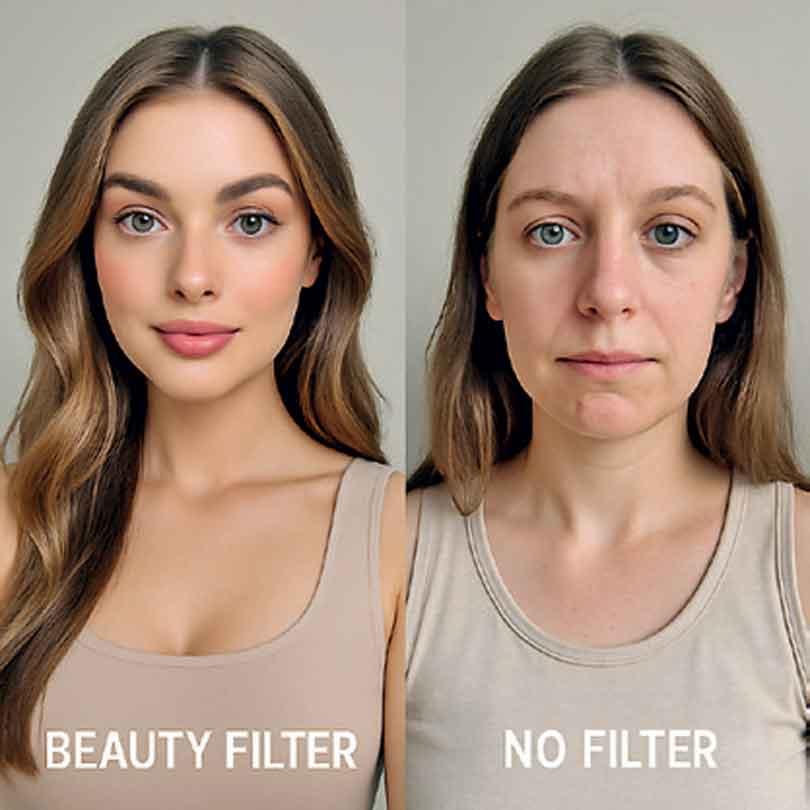
Because everyone deserves to be seen—not just those who fit the filter.
